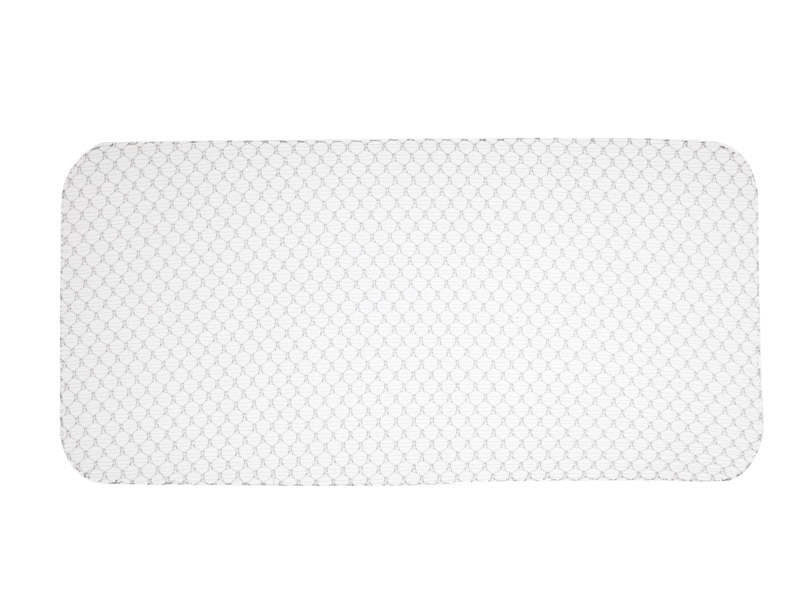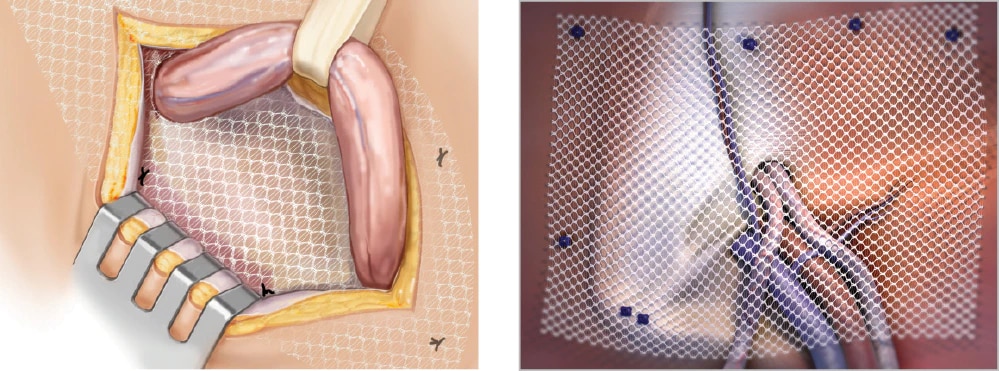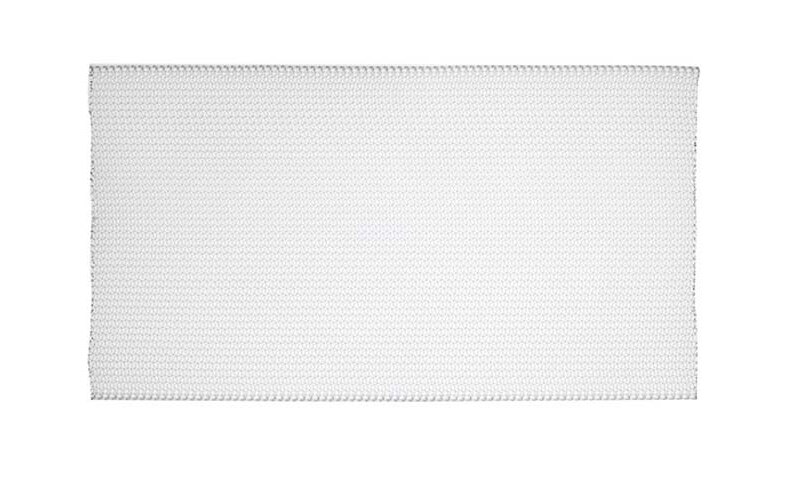Canada (FR)
Bard™ Soft Mesh
Large pore monofilament polypropylene mesh that has a soft, compliant knit structure.


- Overview
- EIFU & Resources
Designed for open and laparoscopic hernia repair
Bard™ Soft Mesh offers flexibility, smooth rounded corners and a large pore knit structure which does not lend itself to unraveling or fraying when cut. For surgeons who may prefer to implant less material, it is approximately 60% lighter than traditional polypropylene mesh*, and features a soft, thin knit structure that facilitates mesh positioning.

BD offers training resources to help improve your clinical practices as part of our goal of advancing the world of health.
BD supports the healthcare industry with market-leading products and services that aim to improve care while lowering costs. We host and take part in events that excel in advancing the world of health™.
* As compared to other traditional polypropylene mesh, such as Classic Bard™ Mesh
INDICATIONS
BARD® Soft Mesh is indicated to reinforce soft tissue where weakness exists, e.g., repair of hernias and chest wall defects.
CONTRAINDICATIONS
Do not use Bard™ Soft Mesh in infants or children, in whom future growth will be compromised by use of such mesh material. Literature reports that there may be a possibility for adhesion formation when the polypropy
WARNINGS
If an infection develops, treat the infection aggressively. Consideration should be given regarding the need to remove the mesh. An unresolved infection may require removal of the device.
PRECAUTIONS
Intact Bard™ Soft Mesh exhibits high burst and tensile strength. However, when custom tailoring, in special circumstances where excessive force is placed on the mesh, the following guidelines may be helpful:
When cutting a notch in the mesh, a V-shape with a radiused point will withstand more force than a V-shape which comes to a sharp point.
Davol™ permanent or absorbable fixation devices or nonabsorbable monofilament sutures are recommended to properly secure the prosthesis. If absorbable fixation devices are used, they must be indicated for use in hernia repair. Care should be taken to ensure that the mesh is adequately fixated to the uncompromised tissue of the inguinal floor. If necessary, additional fasteners and/or sutures should be used.
ADVERSE REACTIONS
Possible complications include seroma, adhesions, hematoma, inflammation, extrusion, fistula formation and recurrence of the hernia or soft tissue defect.
Please consult package insert for more detailed safety information and instructions for use.
BD-14783
